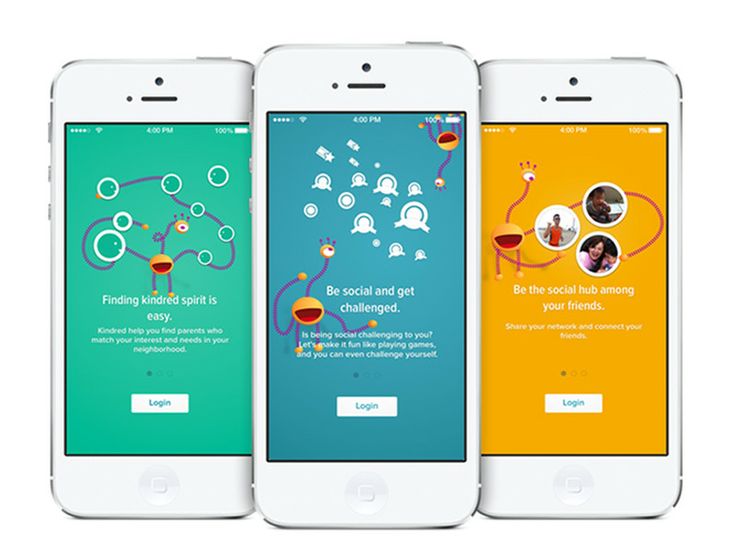
How many apps do you have on your phone? And of those apps, how many have been there for more than six months? Or a year? With today’s attention spans being what they are, it’s very easy for people to delete apps that they haven’t used. I know I do. I have probably 4 apps on my phone that I use regularly. And if the others weren’t so dang useful, I’d delete them too. Why? Because if I’m not using it constantly, then I really don’t need it. It’s like that shirt that’s hanging in my closet. If I haven’t worn it in 6 months, I’m probably not going to wear it again. The same can be said about apps.
According to Localytics, an app loses 64% of its users within the first thirty days. So what do you do to get people to want to use your app? And then continue to use your app?
- What is the purpose of the app?
Make sure your app description explains the purpose of your app. People don’t really read, so make sure it’s short, but also something that is going to catch someone’s attention. Perhaps explain the “why” of your app. This isn’t necessarily going to get people to want to use your app, but it’s going to push you one more step in that direction.
- Keep it Brief
Keep your on-boarding process brief. Why? Because ain’t nobody got time for that. I joke. Keep in mind that people may not be sitting down to figure out how to use your app. I think of online dating apps. Of the few that I have used, I found them very time consuming to get started. Yes, you’re looking for a romantic partner so it should take time. But I want to be able to do it while I’m waiting for my next show to load. Or while I’m running on the treadmill. So if you’re not a dating app, keep it short and simple.

- Get users invested in your app
When I say invested, I don’t mean with money. Give people a reason to want to use your app. Make them feel like they are contributing to the app. You might want to ask them to create an avatar for their account. Or to create a wishlist/shopping list. Whatever it is, it has to be something they have created. They want to feel like they are part of the app. Part of a community.
- Use contextual hints
If you have developed a game, try using contextual hints instead of a traditional on-boarding process. What this does is helps users as they get started in the game or app. Rather than making them think about the process up-front. It’s a way to provide information at point of action. The guidance you offer is specific to what the user is currently doing, and necessary at that point in time. Including a visual component will help users see what they need to do, rather than making them read instructions on it.
- Create an emotional connection
People want to know when they’ve done a good job. By getting users to complete small tasks as part of the on-boarding experience you’re going to get them invested and you’re going to create an emotional connection. Like I said before, people want to think they’re part of something. By giving them positive feedback, however, you’re going farther than just making them part of the community. You’re giving them a reason to continue to explore your app.
This will not be the same for all apps. Every app is different and unique. The process should come from the app itself, and the app’s audience. But keep these things in mind the next time you develop an app. You want people to keep coming back. You want it to be the next Twitter or Instagram.
